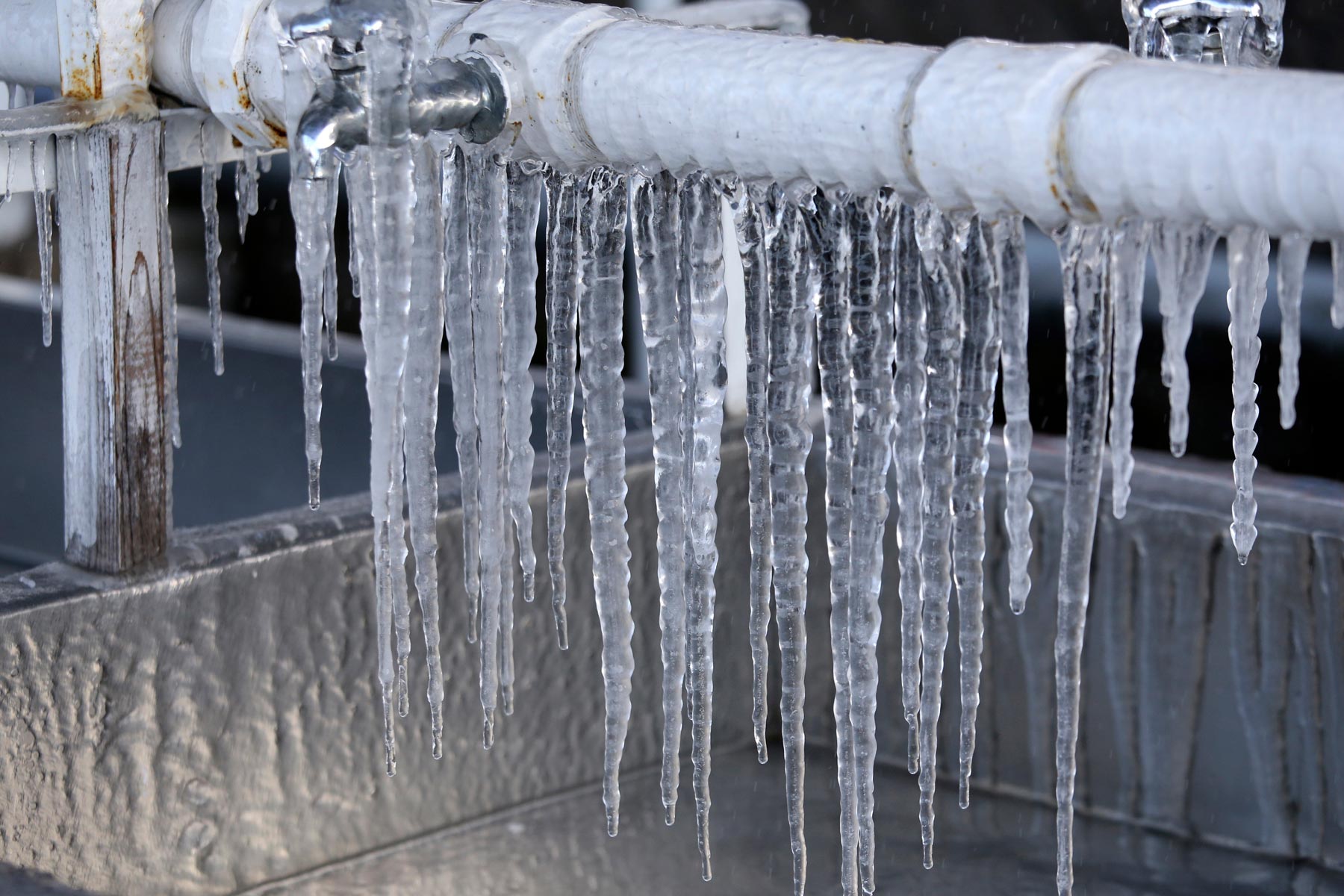Tips to Prevent Frozen Plumbing in Cold Weather: Professional Advice
Tips to Prevent Frozen Plumbing in Cold Weather: Professional Advice
Blog Article
Have you been trying to locate guidance involving How to prepare your home plumbing for winter weather?

Winter can damage your plumbing, specifically by freezing pipes. Here's just how to stop it from occurring and what to do if it does.
Introduction
As temperature levels drop, the danger of frozen pipelines increases, possibly resulting in expensive fixings and water damage. Recognizing how to avoid icy pipes is vital for homeowners in chilly environments.
Comprehending Icy Pipelines
What creates pipes to freeze?
Pipes freeze when subjected to temperature levels listed below 32 ° F (0 ° C) for expanded periods. As water inside the pipelines freezes, it broadens, taxing the pipeline wall surfaces and potentially triggering them to rupture.
Dangers and problems
Icy pipelines can result in water system disruptions, home damages, and pricey fixings. Ruptured pipes can flood homes and create substantial structural damage.
Indicators of Frozen Piping
Recognizing icy pipes early can prevent them from rupturing.
How to recognize frozen pipelines
Try to find decreased water circulation from faucets, uncommon smells or noises from pipelines, and visible frost on subjected pipelines.
Prevention Tips
Shielding susceptible pipelines
Cover pipes in insulation sleeves or make use of heat tape to safeguard them from freezing temperature levels. Concentrate on pipes in unheated or outside locations of the home.
Home heating techniques
Keep indoor rooms properly heated up, specifically locations with pipes. Open up closet doors to permit warm air to circulate around pipes under sinks.
Protecting Outdoor Plumbing
Garden hoses and outdoor taps
Separate and drain pipes yard pipes before winter season. Set up frost-proof spigots or cover exterior taps with protected caps.
What to Do If Your Pipelines Freeze
Immediate activities to take
If you think icy pipelines, maintain taps available to ease stress as the ice thaws. Use a hairdryer or towels soaked in hot water to thaw pipelines slowly.
Long-Term Solutions
Structural adjustments
Think about rerouting pipelines away from exterior wall surfaces or unheated areas. Include additional insulation to attic rooms, basements, and crawl spaces.
Updating insulation
Invest in high-quality insulation for pipelines, attic rooms, and walls. Correct insulation helps preserve regular temperatures and minimizes the threat of frozen pipes.
Final thought
Preventing frozen pipes needs aggressive actions and quick responses. By comprehending the causes, indications, and safety nets, home owners can shield their pipes throughout winter.
6 Proven Ways to Prevent Frozen Pipes and Protect Your Home
Disconnect and Drain Garden Hoses
Before winter arrives, start by disconnecting your garden hoses and draining any remaining water. Close the shut-off valves that supply outdoor hose bibs and leave the outdoor faucet open to allow any residual water to drain. For extra protection, consider using faucet covers throughout the colder months. It’s also important to drain water from any sprinkler supply lines following the manufacturer’s directions.
Insulate Exposed Pipes
Insulating your pipes is an effective way to prevent freezing. Pipe insulation is readily available at home improvement stores and is relatively inexpensive. Pay close attention to pipes in unheated areas such as the attic, basement, crawl spaces, or garage. Apply foam insulation generously to create a buffer against the cold. You can also wrap your pipes in heat tape or thermostat-controlled heat cables for added warmth.
Seal Air Leaks
Inspect your home for any cracks or openings that could let in cold air. Seal any holes around the piping in interior or exterior walls, as well as the sill plates where your home rests on its foundation. Additionally, make sure to keep your garage door closed unless you’re entering or exiting. Leaving it open creates a significant air leak that can lead to frozen pipes.
Allow Warm Air Circulation
During cold snaps, it’s essential to allow warm air to circulate evenly throughout your home. Leave interior doors ajar to promote better airflow. Open kitchen and bathroom cabinets to help distribute heat consistently around the rooms. If you have small children or pets, be sure to remove any household chemicals or potentially harmful cleaners from open cabinets for safety.
Let Faucets Drip
A small trickle of water can make a big difference in preventing ice formation inside your pipes. When temperatures drop significantly, start a drip of water from all faucets served by exposed pipes. This continuous flow helps prevent the water from freezing. Additionally, running a few faucets slightly can relieve pressure inside the pipes, reducing the chances of a rupture if the water inside does freeze.
https://choateshvac.com/6-proven-ways-to-prevent-frozen-pipes-and-protect-your-home/

As an avid person who reads about Preventing and dealing with frozen pipes, I was thinking sharing that portion was sensible. Don't hesitate to take the time to distribute this page if you enjoyed reading it. We love your readership.
This Page Report this page